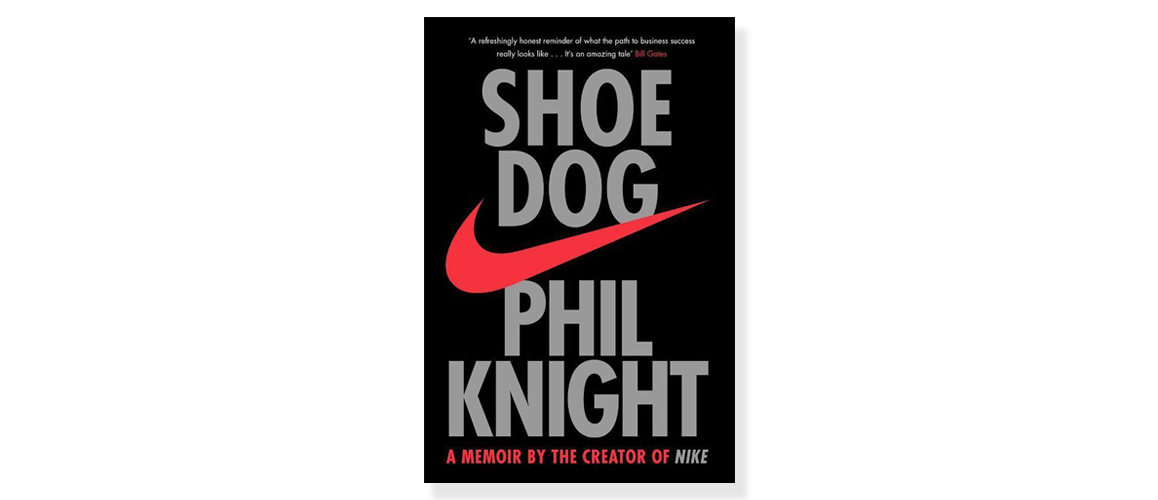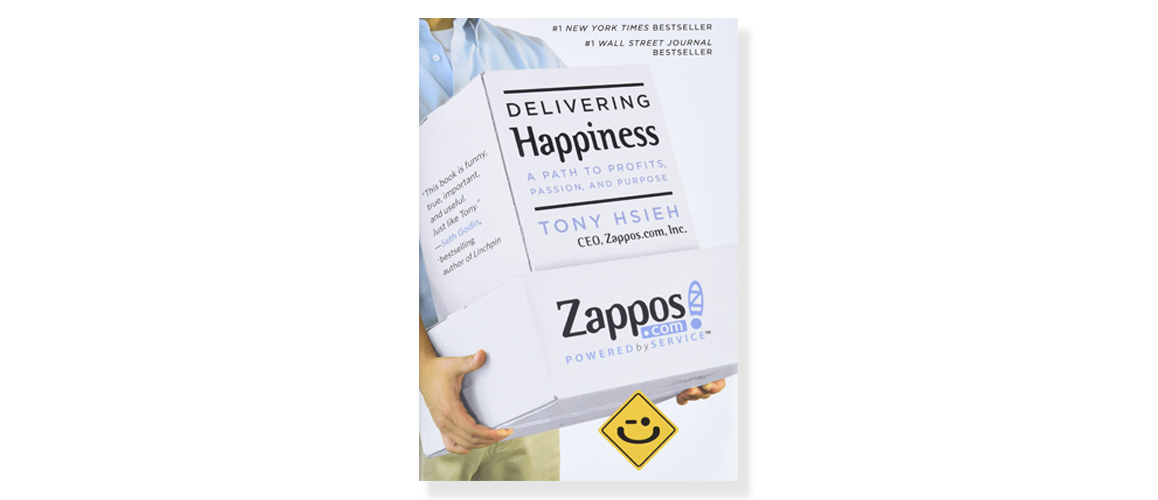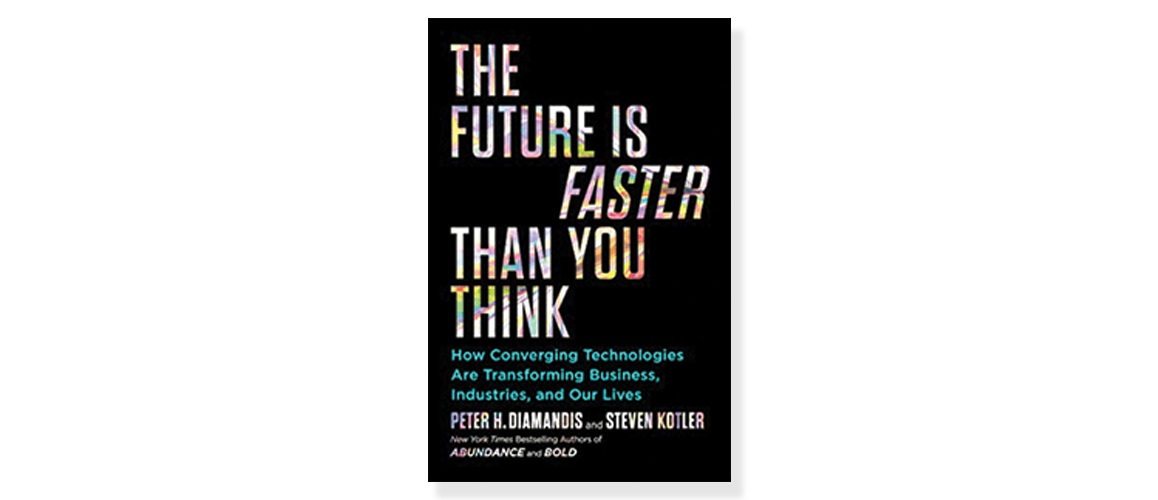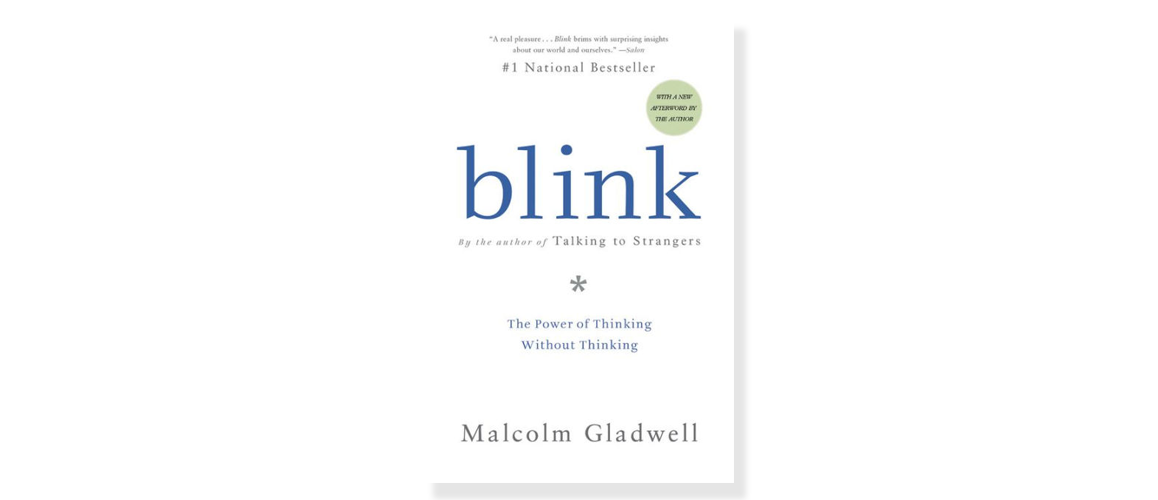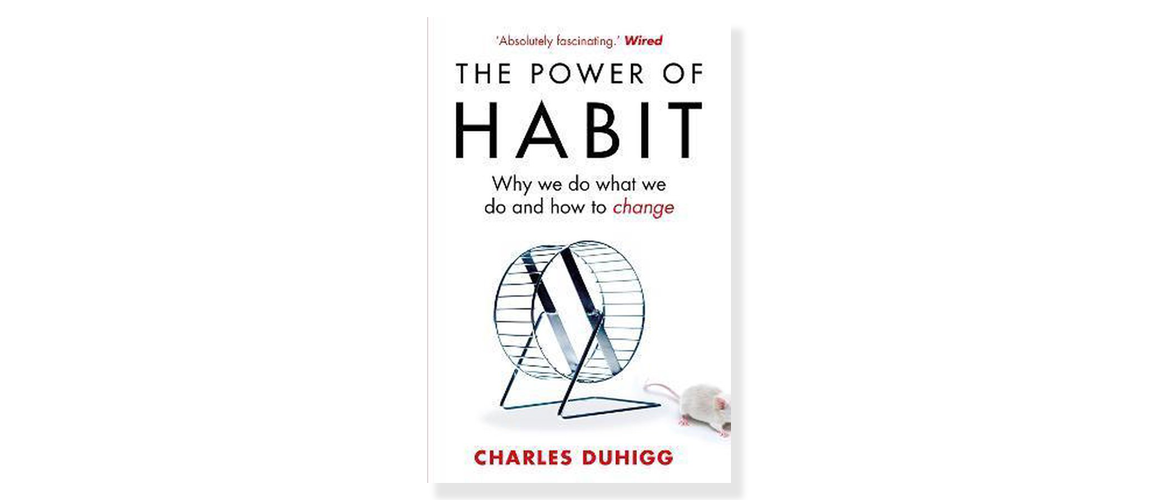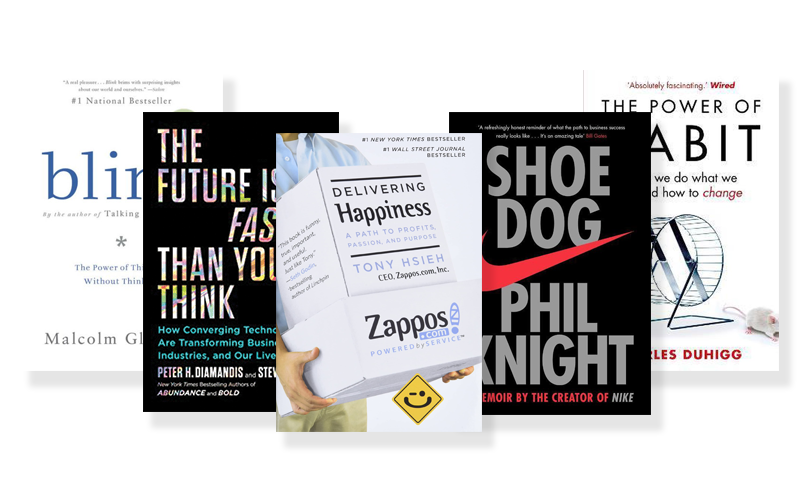
5 Books I Enjoyed Most in 2021
On the first of January 2021, I picked up the habit of reading daily. I’m usually don’t make any new year resolutions, but I received an order of new books right before the year’s end, so the timing was there). I committed to reading at least 30 minutes every day for an entire year. It quickly became a habit, so after 365 days of reading, I committed to reading daily indefinitely. I’d love to share the 5 books I read last year and why I think they stand out.

5 Books I Enjoyed Most in 2021
On the first of January 2021, I picked up the habit of reading daily. I’m usually don’t make any new year resolutions, but I received an order of new books right before the year’s end, so the timing was there). I committed to reading at least 30 minutes every day for an entire year. It quickly became a habit, so after 365 days of reading, I committed to reading daily indefinitely. I’d love to share the 5 books I read last year and why I think they stand out.
By Phil Knight
An amazing insight into the founding of Nike. Phil takes us along the path of his career, the people he worked with, and the culture of Nike. The author takes us on a journey to Japan, where he did his first shoe deals with a manufacturer. Phil talks about experiences he had with his business partners, trying to start a fresh new shoe brand, and getting into the athletics world. It’s written from his personal perspective, which creates a feeling of going back in time and looking over his shoulder to see how a world-renowned brand like Nike was built from a basement and a shoestring budget.
Key Takeaways
🏁 You don’t have to start with where you want to finish. Nike started out with a completely different name and a whole different demographic. Phil and his partners just started…period.
💅 Don’t be fancy. It’s perfectly fine to have humble beginnings and just work with what you’ve got. Phil started with a couple of dollars and a good idea, no office, no fancy website, just a good product and the drive to go out and sell.
🔀 If something isn’t working, change it. There were a couple of issues involving their partner in Japan, the products, and the agreements. If things aren’t working in your favor, don’t mope, but take control.
By Phil Knight
An amazing insight into the founding of Nike. Phil takes us along the path of his career, the people he worked with, and the culture of Nike. The author takes us on a journey to Japan, where he did his first shoe deals with a manufacturer. Phil talks about experiences he had with his business partners, trying to start a fresh new shoe brand, and getting into the athletics world. It’s written from his personal perspective, which creates a feeling of going back in time and looking over his shoulder to see how a world-renowned brand like Nike was built from a basement and a shoestring budget.
Key Takeaways
🏁 You don’t have to start with where you want to finish. Nike started out with a completely different name and a whole different demographic. Phil and his partners just started…period.
💅 Don’t be fancy. It’s perfectly fine to have humble beginnings and just work with what you’ve got. Phil started with a couple of dollars and a good idea, no office, no fancy website, just a good product and the drive to go out and sell.
🔀 If something isn’t working, change it. There were a couple of issues involving their partner in Japan, the products, and the agreements. If things aren’t working in your favor, don’t mope, but take control.
By Tony Hsieh
The first half of the book is dedicated to Tony growing up and selling his first business. What speaks to me most is the way this book is written. Tony talks about growing up, meeting people, going to university, and starting his first company, making me feel I was there too. It speaks to the imagination. At the same time, the author gives insightful details about building, scaling, and selling a multi-million dollar company with people on the payroll and investors involved.
Later on, we get a true insight into the growth and culture of Zappos. We learn how people are encouraged to be their true selves and aim for long-term growth and happiness. Tony goes on to explain how Zappos has built an organization that is fully transparent and aims to support customers, vendors, suppliers, and its own teams rather than focussing on bottom-line income streams. Relationships are the most important currency there is and Zappos fully understands this.
Key Takeaways
📞 Customer service is not a department, it’s your entire organization. It’s not just the professionals in the CS department who represent the company, it’s everyone. Each individual within your organization represents the brand in their own way.
💰 If you truly believe in something, go all in! If it wasn’t for Tony Hsieh taking a lot of risks putting all of his money into Zappos, the company would have never made it. Tony believed in the concept, the people, and the brand so much that he was willing to sell personal assets to help Zappos. It shows that, if you truly believe in something, it’s okay to take risks and go for it.
💗 Empathy is the strongest trait any one person or organization can have and expand upon. It’s the sole skill that strengthens relationships, bonds customers, and builds up your team and the people around you. If you create long-lasting relationships built on empathy, your organization is bound to last a whole lot longer and grow bigger than you can imagine.
By Tony Hsieh
The first half of the book is dedicated to Tony growing up and selling his first business. What speaks to me most is the way this book is written. Tony talks about growing up, meeting people, going to university, and starting his first company, making me feel I was there too. It speaks to the imagination. At the same time, the author gives insightful details about building, scaling, and selling a multi-million dollar company with people on the payroll and investors involved.
Later on, we get a true insight into the growth and culture of Zappos. We learn how people are encouraged to be their true selves and aim for long-term growth and happiness. Tony goes on to explain how Zappos has built an organization that is fully transparent and aims to support customers, vendors, suppliers, and its own teams rather than focussing on bottom-line income streams. Relationships are the most important currency there is and Zappos fully understands this.
Key Takeaways
📞 Customer service is not a department, it’s your entire organization. It’s not just the professionals in the CS department who represent the company, it’s everyone. Each individual within your organization represents the brand in their own way.
💰 If you truly believe in something, go all in! If it wasn’t for Tony Hsieh taking a lot of risks putting all of his money into Zappos, the company would have never made it. Tony believed in the concept, the people, and the brand so much that he was willing to sell personal assets to help Zappos. It shows that, if you truly believe in something, it’s okay to take risks and go for it.
💗 Empathy is the strongest trait any one person or organization can have and expand upon. It’s the sole skill that strengthens relationships, bonds customers, and builds up your team and the people around you. If you create long-lasting relationships built on empathy, your organization is bound to last a whole lot longer and grow bigger than you can imagine.
By Peter H. Diamandis and Steven Kotler
Peter and Steven perfectly explain how technology is already having a huge impact on our work — and private lives. Often times we talk about “the future” when we refer to Artificial Intelligence, forms of automation, and numerous other technological innovations. The fact, however, is that technology has already made its way into our jobs, homes, education, and private life.
Key Takeaways
🤖 The future we refer to is often actually the present. In many cases, what we deem something we won’t see for years to come, is something organizations and innovators al already working on. The fact that we can’t see certain innovations — that might sound out of our reach — might well be something that’s being tested behind closed doors.
🚀 Technology is exponential so it grows fast. One innovation can open up a whole set of other innovations. Especially in this time and age, it can feel like you’ve only heard about something, just to find out it’s already old news. It’s important to keep op with the basics, to not fall behind too much. (personal word of advice: read into Blockchain, NFT’s, and Web3.0. It’s a lot of hype now, but it will settle and some parts will become the norm).
👶 Make sure kids grow up with a decent amount of technology, allowing them to test the waters. Personally, I often hear “kids should play outside, not indoors all day”, but it’s ultimately the same result. Kids connect with other kids through platforms as we used to outdoors or at parks etc. Not saying “keep them indoors all day”, but let kids grow up with what’s current. It’ll help them grow into it to their advantage later on.
By Peter H. Diamandis and Steven Kotler
Peter and Steven perfectly explain how technology is already having a huge impact on our work — and private lives. Often times we talk about “the future” when we refer to Artificial Intelligence, forms of automation, and numerous other technological innovations. The fact, however, is that technology has already made its way into our jobs, homes, education, and private life.
Key Takeaways
🤖 The future we refer to is often actually the present. In many cases, what we deem something we won’t see for years to come, is something organizations and innovators al already working on. The fact that we can’t see certain innovations — that might sound out of our reach — might well be something that’s being tested behind closed doors.
🚀 Technology is exponential so it grows fast. One innovation can open up a whole set of other innovations. Especially in this time and age, it can feel like you’ve only heard about something, just to find out it’s already old news. It’s important to keep op with the basics, to not fall behind too much. (personal word of advice: read into Blockchain, NFT’s, and Web3.0. It’s a lot of hype now, but it will settle and some parts will become the norm).
👶 Make sure kids grow up with a decent amount of technology, allowing them to test the waters. Personally, I often hear “kids should play outside, not indoors all day”, but it’s ultimately the same result. Kids connect with other kids through platforms as we used to outdoors or at parks etc. Not saying “keep them indoors all day”, but let kids grow up with what’s current. It’ll help them grow into it to their advantage later on.
by Malcolm Gladwell
This books is based on making snap judgements and explains how our brain works when making decisions. It’s fascinating to learn what types of heuristics we use to make up our mind the blink of an eye (pun intended). What do fist impressions mean to the way we judge people and what techniques can — and do — we use when sizing up a new situation. It’s really well written and is an easy read.
Key Takeaways
🤔 Snap decision can sometimes (or often) be better than well-thought-through decisions. It’s the “gut feeling” often spoken about. When you make a snap judgment you don’t allow your brain to start doubting. This is useful, especially when you tend to overthink things. The more you ponder, the bigger the chances of doubting, which leads to not taking any actions or misjudging the situation.
🔪 Making quick decisions is called “thin-slicing”. It’s done by judging a book by its cover, making a decision based on first impressions. Sometimes it’s good to judge a book by its cover, also based on the takeaway above. Stereotypes and bias prevent us from thin-slicing, as we add more and more heuristics to the party, clouding snap decisions. It’s therefore good to make a habit of being open-minded and trying to eliminate bias (or at least become aware of your own biases), to open up to thin slicing.
👍 What we think we dislike or like, often isn’t based on truth. Actually, it’s often the opposite, which really raises the question of how well we know ourselves. We think we know ourselves and that we understand how our minds work, but again, the opposite is true. It’s good to be aware of this fact, again, helping you to keep an open mind.
by Malcolm Gladwell
This books is based on making snap judgements and explains how our brain works when making decisions. It’s fascinating to learn what types of heuristics we use to make up our mind the blink of an eye (pun intended). What do fist impressions mean to the way we judge people and what techniques can — and do — we use when sizing up a new situation. It’s really well written and is an easy read.
Key Takeaways
🤔 Snap decision can sometimes (or often) be better than well-thought-through decisions. It’s the “gut feeling” often spoken about. When you make a snap judgment you don’t allow your brain to start doubting. This is useful, especially when you tend to overthink things. The more you ponder, the bigger the chances of doubting, which leads to not taking any actions or misjudging the situation.
🔪 Making quick decisions is called “thin-slicing”. It’s done by judging a book by its cover, making a decision based on first impressions. Sometimes it’s good to judge a book by its cover, also based on the takeaway above. Stereotypes and bias prevent us from thin-slicing, as we add more and more heuristics to the party, clouding snap decisions. It’s therefore good to make a habit of being open-minded and trying to eliminate bias (or at least become aware of your own biases), to open up to thin slicing.
👍 What we think we dislike or like, often isn’t based on truth. Actually, it’s often the opposite, which really raises the question of how well we know ourselves. We think we know ourselves and that we understand how our minds work, but again, the opposite is true. It’s good to be aware of this fact, again, helping you to keep an open mind.
by Charles Duhigg
This powerful book helps you understand how habits are formed and why people and companies often struggle with change. Charles Duhigg researched our brains and how (and where) habits form in them. The result is striking. If you want to implement change, you shouldn’t focus on the change itself. Rather, you should focus on understanding how habits are formed. If you want to get fit, you want to get into the habit of fitness. This means you need to understand how habits work in order to successfully create one. It’s the reason why — for example — people who are trying to lose weight often fall back into old….habits, exactly! The habit of not eating healthy.
Key Takeaways
🔬 Habits need to be studied and understood in order to fully work. Also, you need to understand the negative habits that prevent you from developing te good habits. In the fitness example, it’s good to understand how habits work to create the habit of exercising. But also, to understand how the habit of eating unhealthy often is created.
🏦 Organizations work the same as humans. They create habits within their processes, culture, and people. If organizations want to grow long-term, it’s important to understand the habits behind both the current behavior as well as the desired habit that leads to growth.
🏆 Habits are made from cues, routines, and rewards. The cue is what sets off the habit. The routine is executing on the habit and the reward is the result of executing. For example (to stick to fitness), a cue for bad eating could be watching a certain show which you enjoy with popcorn. The routine is starting the show and getting the popcorn and the reward is a quick and short dopamine spike. If you want the break the habit, you need to change the routine that follows the cue.
by Charles Duhigg
This powerful book helps you understand how habits are formed and why people and companies often struggle with change. Charles Duhigg researched our brains and how (and where) habits form in them. The result is striking. If you want to implement change, you shouldn’t focus on the change itself. Rather, you should focus on understanding how habits are formed. If you want to get fit, you want to get into the habit of fitness. This means you need to understand how habits work in order to successfully create one. It’s the reason why — for example — people who are trying to lose weight often fall back into old….habits, exactly! The habit of not eating healthy.
Key Takeaways
🔬 Habits need to be studied and understood in order to fully work. Also, you need to understand the negative habits that prevent you from developing te good habits. In the fitness example, it’s good to understand how habits work to create the habit of exercising. But also, to understand how the habit of eating unhealthy often is created.
🏦 Organizations work the same as humans. They create habits within their processes, culture, and people. If organizations want to grow long-term, it’s important to understand the habits behind both the current behavior as well as the desired habit that leads to growth.
🏆 Habits are made from cues, routines, and rewards. The cue is what sets off the habit. The routine is executing on the habit and the reward is the result of executing. For example (to stick to fitness), a cue for bad eating could be watching a certain show which you enjoy with popcorn. The routine is starting the show and getting the popcorn and the reward is a quick and short dopamine spike. If you want the break the habit, you need to change the routine that follows the cue.
Found this interesting?
Join a growing community of like-minded people. In the “The Human POV” newsletter I regularly share interesting insights, blogs, podcast and more on what it’s like being human in a digital age.
Found this interesting?
Join a growing community of like-minded people. In the “The Human POV” newsletter I regularly share interesting insights, blogs, podcast and more on what it’s like being human in a digital age.
